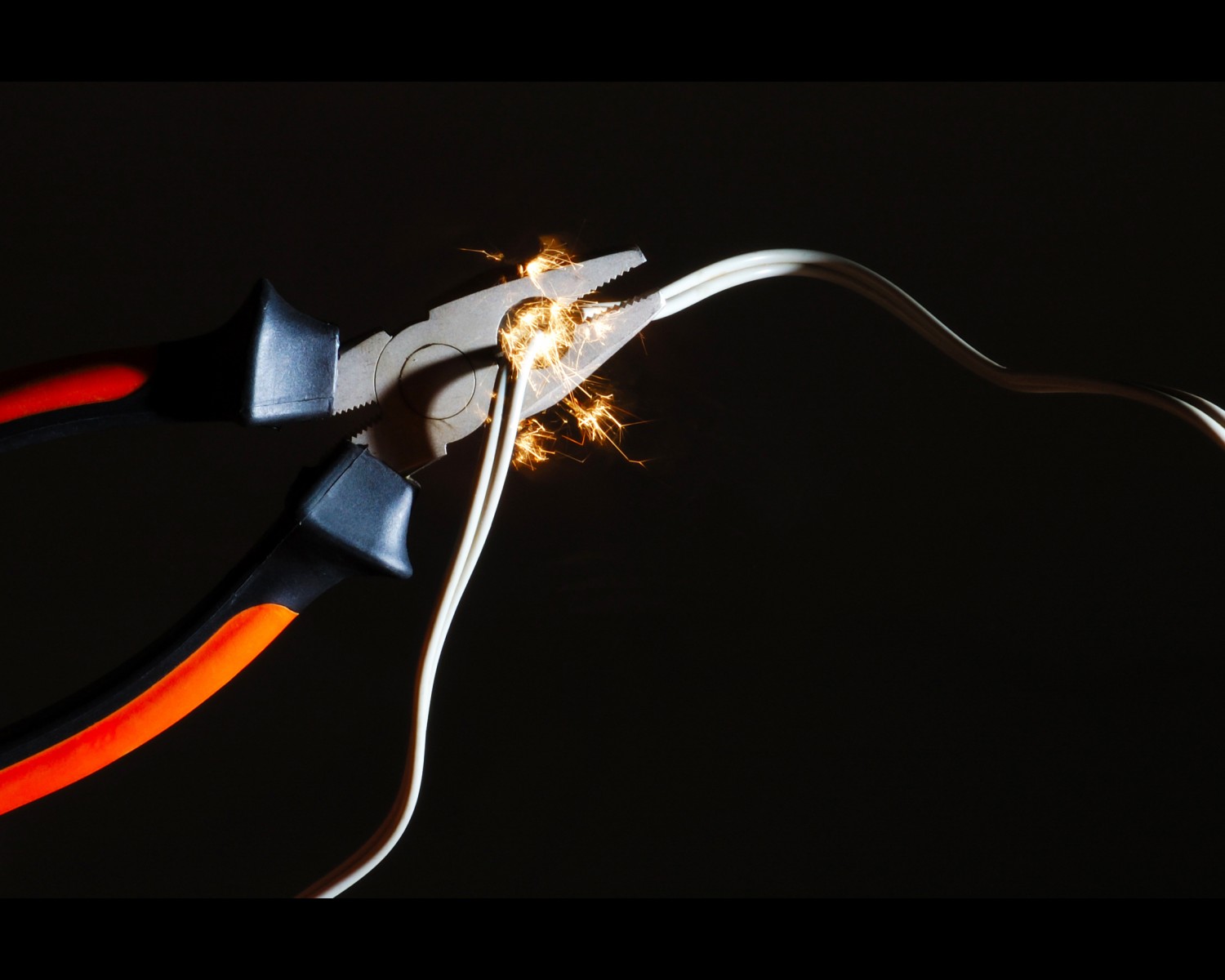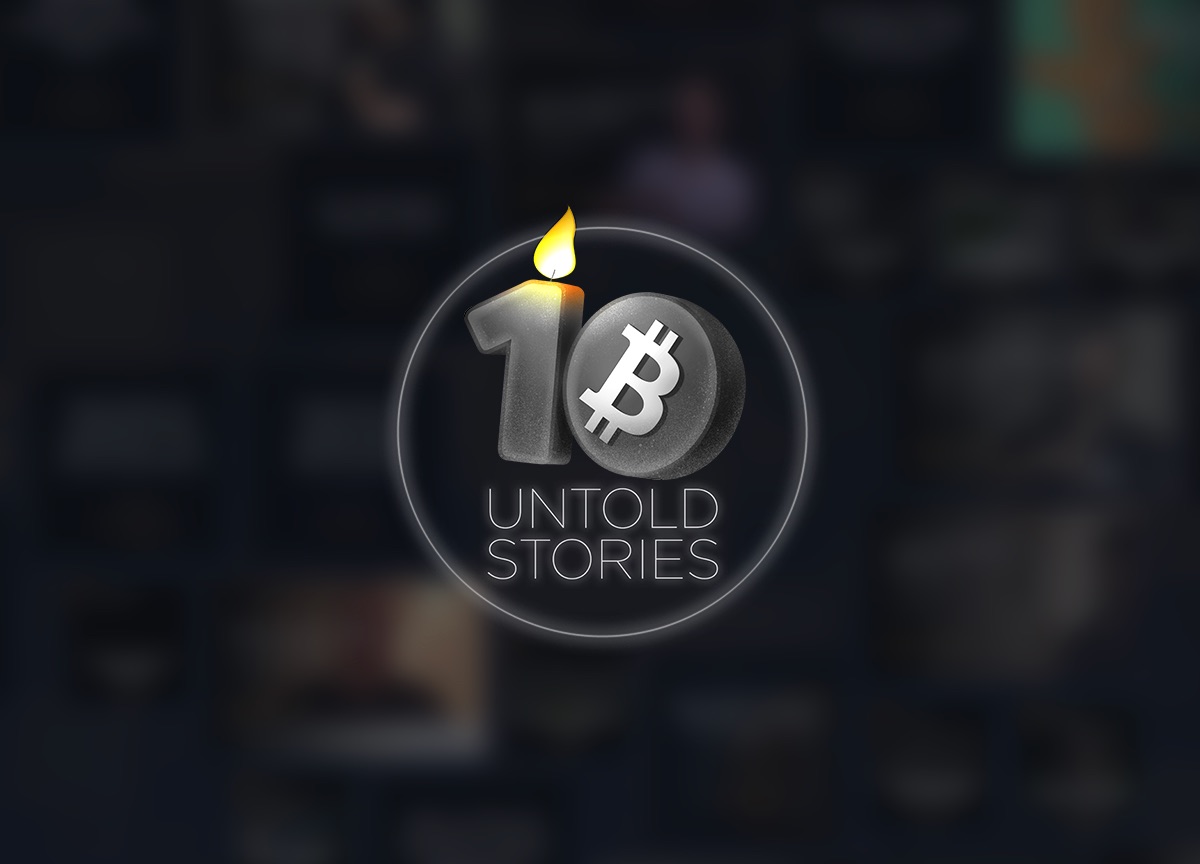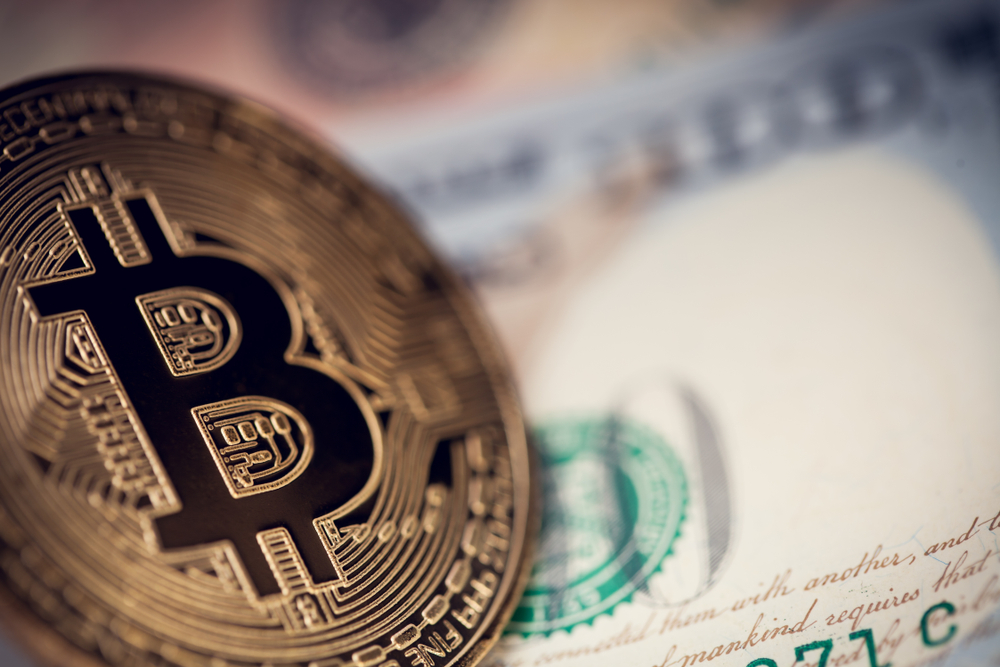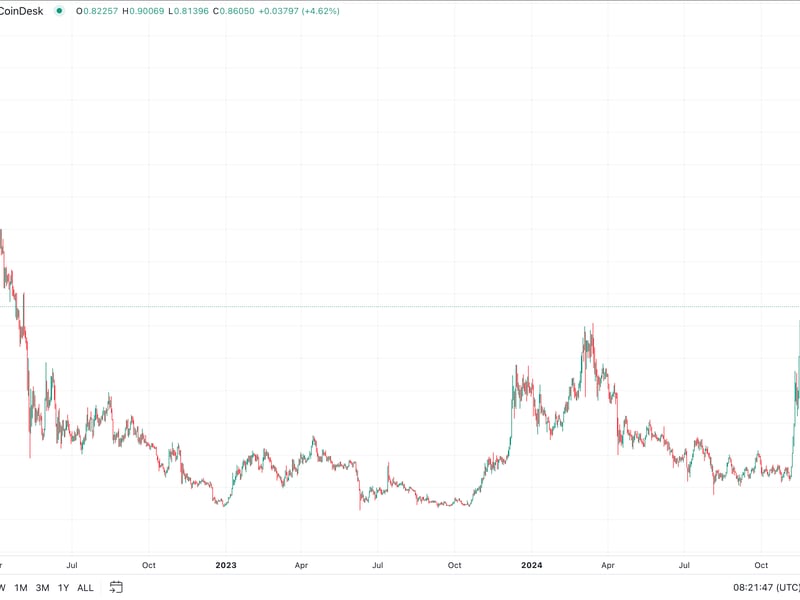Polygon to Start Much-Awaited Swap of POL Token for Longstanding MATIC
Polygon, a layer-2 network atop the Ethereum blockchain, will activate an upgrade on Wednesday that swaps out its longstanding MATIC token for a new POL token, allowing for more flexibility on issuance of new supply.
While the planned switchover has been well-telegraphed, the changeover could be closely monitored, since the token is widely held across crypto investor portfolios; it’s the 13th biggest by market capitalization in the CoinDesk 20 index of large digital assets, at about $3.8 billion. For many users, the swap will take place automatically.
The migration comes as a part of the project’s planned revamp laid out last year in its “Polygon 2.0” roadmap, to make POL the native token of its main chain, the Polygon PoS chain, as well as eventually other chains in its ecosystem.
According to Polygon, in the initial phase of the migration, “POL replaces MATIC as the native gas and staking token for the Polygon PoS network. In subsequent phases, POL will serve a crucial role in the AggLayer.” The AggLayer is another staple in the roadmap, essentially a system for aggregating affiliated blockchains built using Polygon technology.
Furthermore, the Polygon community has proposed that “POL will support broader roles in the Polygon staking hub (to be released in 2025), including block generation, zero-knowledge proof generation and participation in Data Availability Committees (DACs).”
POL migration
The migration from POL to MATIC will also bring in some tokenomics changes. Polygon shared that the token will have a new emission rate of 2% annually, where part of the supply goes to validators on Polygon PoS for rewards, and the other part to the community treasury, “a self-sustainable ecosystem fund that can support the above activities.”
“The biggest reason why the upgrade was needed from a technical perspective, is that the MATIC upgrade keys were burned very intentionally years ago. Which basically means that we can’t make changes to that token,” said Marc Boiron, CEO of Polygon Labs, in an interview with CoinDesk. “So one of the things that we wanted was to introduce emissions that way. We could use it for the community, we could use it for growth. It was literally impossible to do that otherwise.”
Boiron reiterated that introducing emissions is supposed to help the Polygon community ecosystem by introducing a grants program as part of the community treasury, allowing them “some form of control by the community over the funds so that you can grow the ecosystem.”
“And then the second one is a means for, effectively, validators to receive emissions,” Boiron added. “Effectively, if you think of these new chains that pop up, what’s going to happen is that with time, they’re going to want to decentralize. And so instead of just having a centralized sequencer, they’re going to need to incentivize people to actually run a decentralized group or a decentralized prover. And if they don’t have a token, or if they don’t want to launch a token yet, how do they do that? Well, effectively, what this does is that a portion of that POL emissions can actually be used to decentralize their network, and then POL holders will then receive fees from that network.”
Disclosure
Please note that our
privacy policy,
terms of use,
cookies,
and
do not sell my personal information
has been updated
.
CoinDesk is an
award-winning
media outlet that covers the cryptocurrency industry. Its journalists abide by a
strict set of editorial policies.
In November 2023
, CoinDesk was acquired
by the Bullish group, owner of
Bullish,
a regulated, digital assets exchange. The Bullish group is majority-owned by
Block.one; both companies have
interests
in a variety of blockchain and digital asset businesses and significant holdings of digital assets, including bitcoin.
CoinDesk operates as an independent subsidiary with an editorial committee to protect journalistic independence. CoinDesk employees, including journalists, may receive options in the Bullish group as part of their compensation.
:format(jpg)/s3.amazonaws.com/arc-authors/coindesk/7dc71a1a-5122-47cc-9bbf-82501f65b060.png)
Margaux Nijkerk reports on the Ethereum protocol and L2s. A graduate of Johns Hopkins and Emory universities, she has a masters in International Affairs & Economics. She holds a small amount of ETH and other altcoins.
Follow @cryptauxmargaux on Twitter









